Are you dealing with hard water from your well and wondering what to do next?
How Do I Deal With Hard Water From My Well?
If you draw water from a private well, you’re responsible for testing, treating, and maintaining your water quality. Hard water is a very common issue for well owners, but it’s manageable once you understand the cause, the options, and the steps you should take. This guide walks you through testing, treatment choices, installation and maintenance, and how to pick a solution that fits your needs and budget.
What is hard water?
Hard water contains elevated levels of dissolved minerals, mainly calcium and magnesium. These minerals aren’t a health danger in most cases, but they affect cleaning, appliances, plumbing, and can leave scale deposits on fixtures and heating elements. Knowing what hard water is helps you choose the right treatment for your well water.
How is water hardness measured?
You’ll often see hardness expressed in grains per gallon (gpg), milligrams per liter (mg/L), or parts per million (ppm). One grain per gallon equals 17.1 mg/L of calcium carbonate (CaCO3). Understanding these units helps you interpret test results and size treatment systems.
| Unit | Equivalent |
|---|---|
| 1 grain per gallon (gpg) | 17.1 mg/L or ppm CaCO3 |
| 100 mg/L (ppm) | about 5.85 gpg |
| 1 mg/L | 0.0585 gpg |
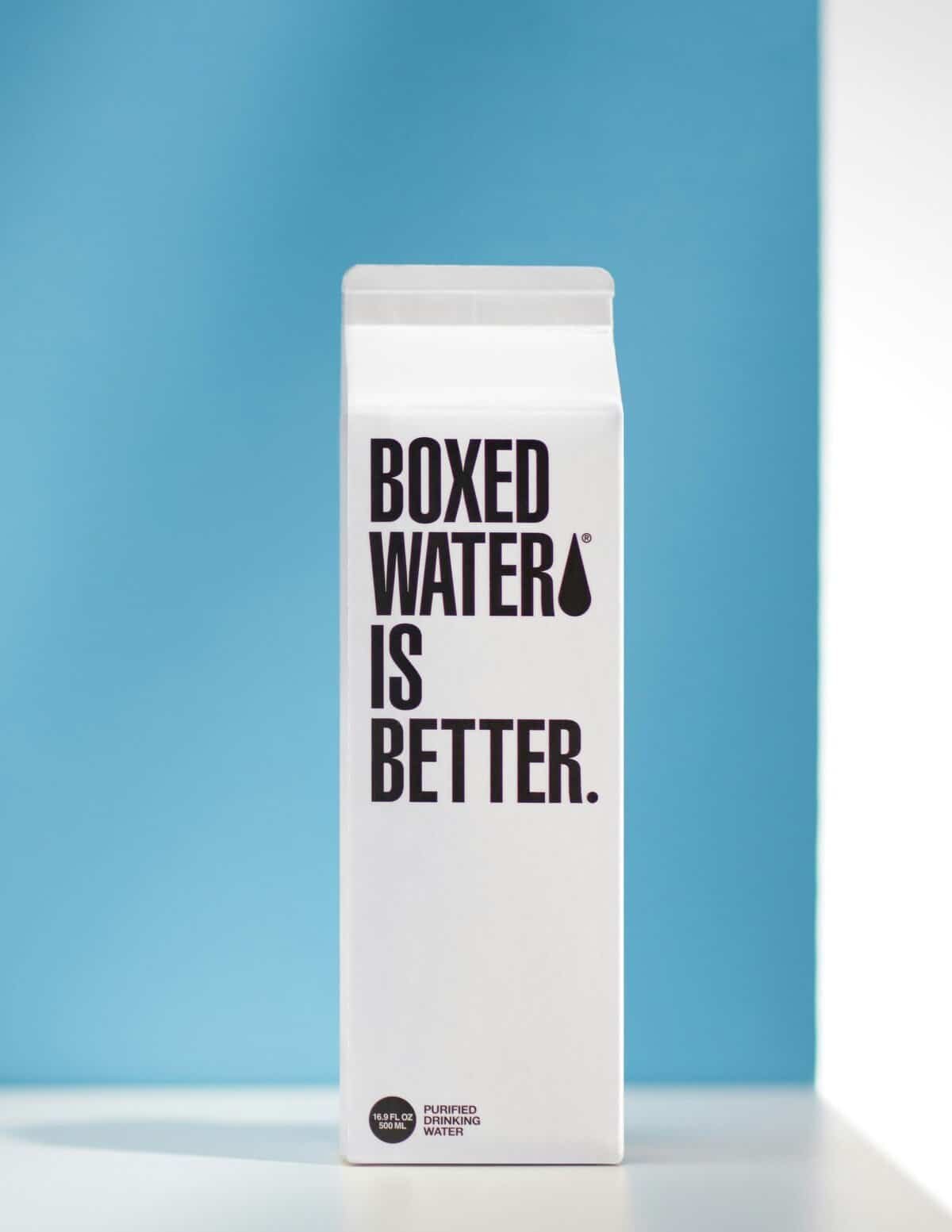
Signs you have hard water
You may notice scale buildup on faucets, white crust on dishes, reduced lather from soap and shampoo, or cloudy glassware. Appliances like water heaters, kettles, and washing machines may develop scale faster than expected. You might see reduced water flow in showerheads and scale inside pipes. These signs indicate hardness levels that could benefit from treatment.
Why hard water matters
You’ll spend more on soap and detergent, experience shorter appliance lifespans, and face higher energy costs when heating water that’s coated with scale. In addition, hard water can stain fixtures and laundry and make your skin and hair feel dry. Treating hardness usually saves money over time by preventing scale-related repairs and improving cleaning efficiency.
Common additional well water issues
Well water with high hardness often contains other minerals like iron, manganese, and sometimes elevated pH or hydrogen sulfide (rotten egg smell). These require different or additional treatment steps. Testing for a full suite of parameters helps you create a comprehensive treatment plan.
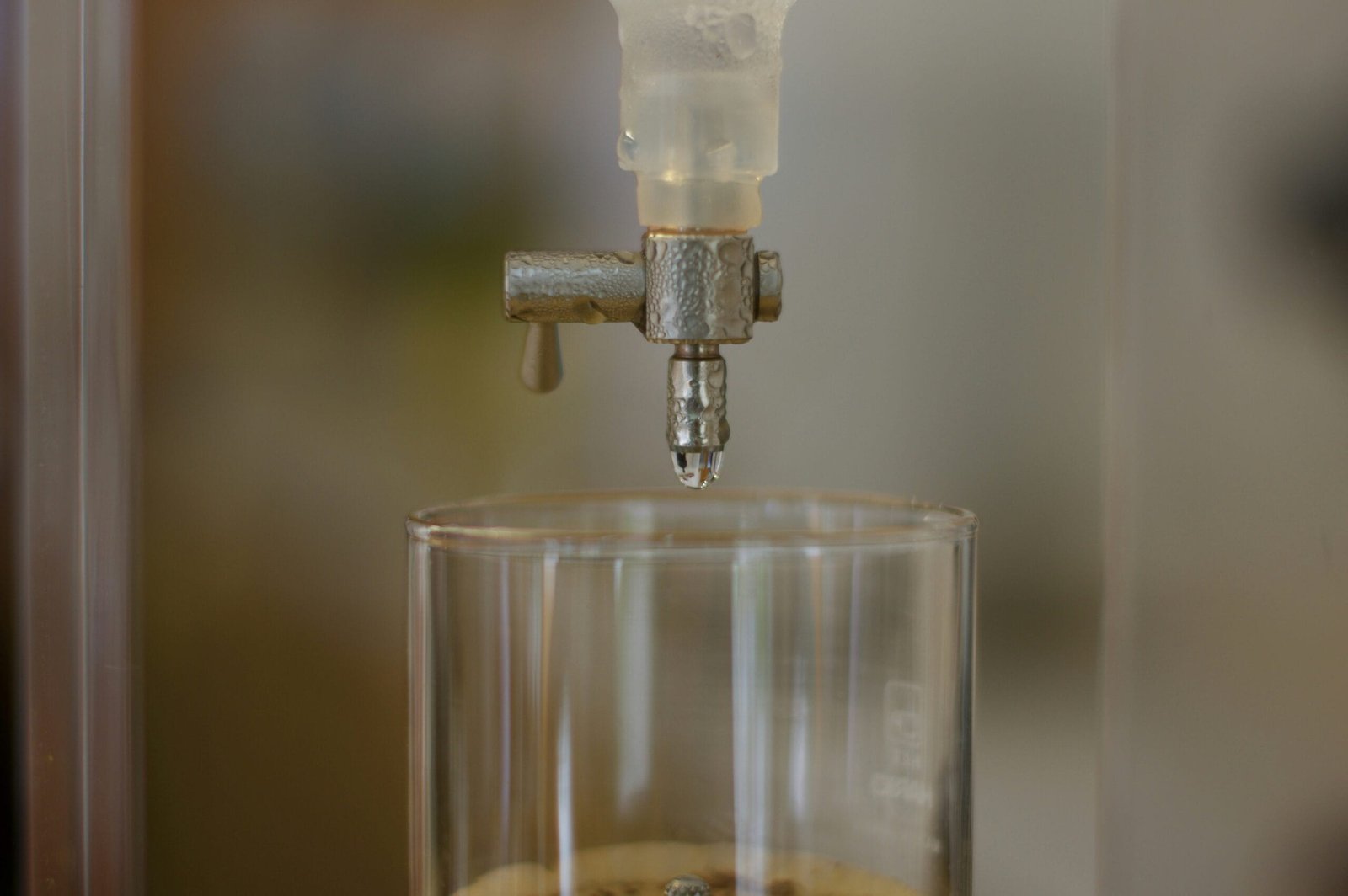
Testing your well water
You should test well water before selecting a treatment method. Two approaches work well:
- DIY test kits: Good for quick checks of hardness and iron, but less accurate than lab tests.
- Certified lab tests: Provide accurate hardness (mg/L or gpg), iron, manganese, pH, total dissolved solids (TDS), chloride, sodium, sulfate, and bacterial presence when requested.
When you collect a lab sample, follow instructions precisely. Test at least annually for hardness and other key parameters, and test more often if you notice changes in taste, odor, or staining.
Interpreting hardness results
Hardness categories help you decide how urgent treatment is.
| Hardness (gpg) | Hardness (mg/L or ppm) | How it feels |
|---|---|---|
| 0–1.0 gpg | 0–17 mg/L | Very soft |
| 1.0–3.5 gpg | 17–60 mg/L | Slightly hard |
| 3.5–7.0 gpg | 60–120 mg/L | Moderately hard |
| 7.0–10.5 gpg | 120–180 mg/L | Hard |
| >10.5 gpg | >180 mg/L | Very hard |
If your result is in the “hard” to “very hard” range, treating the whole-house water is usually worthwhile.
Treatment options overview
You have several options to manage well water hardness. The right choice depends on your hardness level, presence of iron/manganese, budget, environmental concerns, and whether you want to treat the whole house or only drinking water.
Main options include:
- Ion-exchange (salt-based) water softeners
- Salt-free conditioners (template-assisted crystallization, TAC)
- Reverse osmosis (RO) for drinking water
- Oxidation and filtration for iron/manganese
- pH adjustment systems
- Point-of-use filters and descalers
Below you’ll find what each option does, pros and cons, typical costs, and when to choose it.
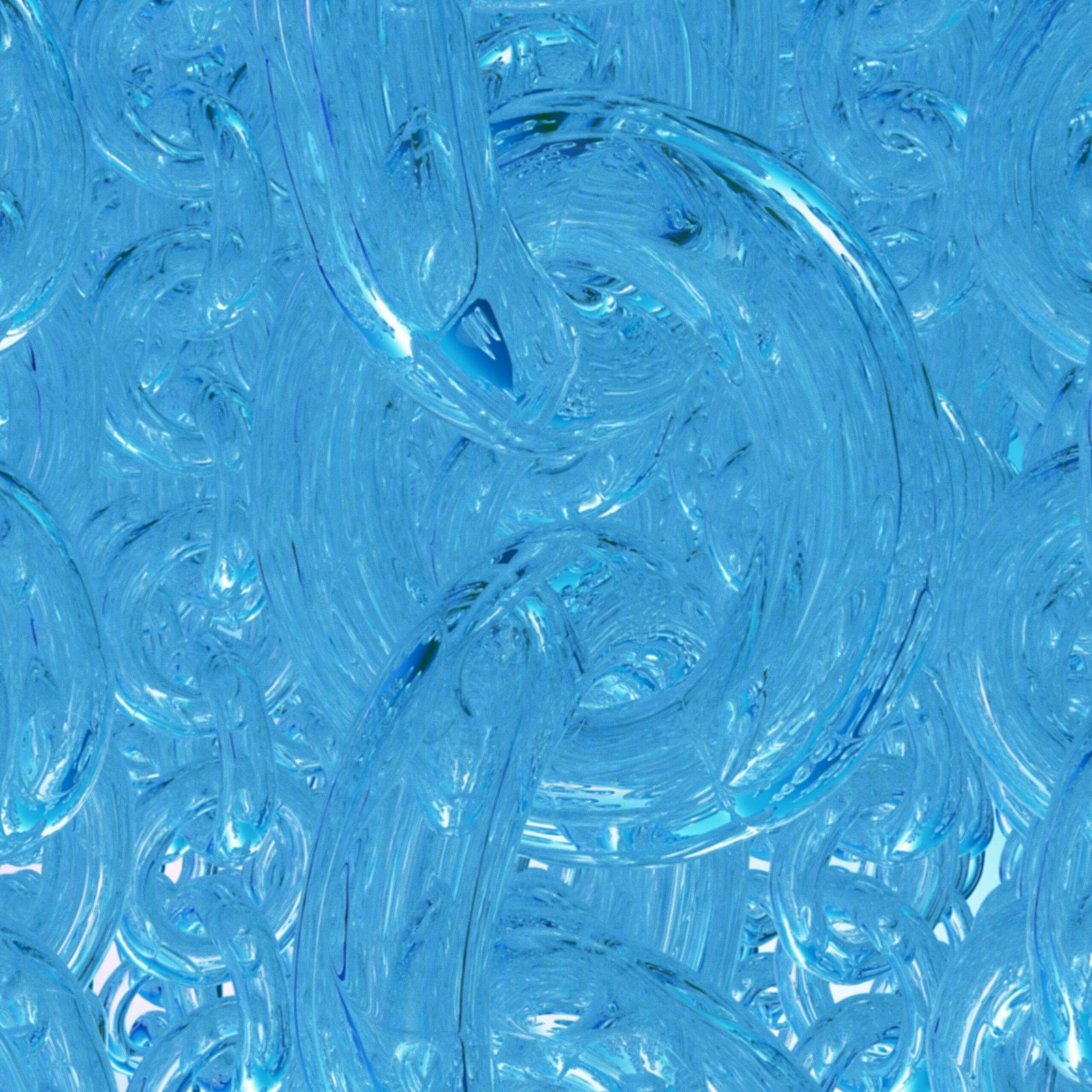
Ion-exchange (salt-based) water softeners
How it works: A tank filled with resin exchanges sodium (or potassium) ions for calcium and magnesium ions as water flows through. Periodic regeneration using a salt brine flushes the collected minerals from the resin and restores capacity.
Why you might choose it: This is the most reliable method to reduce hardness for the entire house, delivering softened water for bathing, laundry, and appliances.
Pros:
- Effective at removing hardness
- Improves soap lather and reduces scale
- Proven technology with many options and sizes
Cons:
- Requires salt (sodium) or potassium and regular maintenance
- Produces brine discharge (environmental concern in some locations)
- Adds a small amount of sodium to treated water (important if you’re on a low-sodium diet)
Maintenance: Add salt regularly (monthly or quarterly depending on usage), clean the brine tank annually, and replace resin after many years if performance declines.
When to pick it: When you want whole-house soft water and have significant hardness (>7 gpg) or scale problems.
Salt-free conditioners (TAC and Chelation)
How it works: These systems don’t remove calcium and magnesium. Instead, TAC systems convert dissolved hardness minerals into microscopic, stable crystals that stay suspended and don’t form hard scale on surfaces. Chelation uses a chemical agent to keep minerals in solution.
Why you might choose it: You avoid salt use and brine discharge, and you won’t add sodium to your water.
Pros:
- No salt or brine discharge
- Low maintenance
- Maintains beneficial minerals
Cons:
- Do not actually remove hardness; performance varies with water chemistry
- Not effective for high iron or manganese levels
- May not prevent all scale in every application
When to pick it: For moderate hardness and where salt discharge is restricted or undesirable.
Reverse osmosis (RO)
How it works: RO uses a semipermeable membrane to remove most dissolved solids, including hardness ions, from drinking and cooking water. RO is typically installed at a point of use (under the kitchen sink) and requires pre-filtration if source water is hard or high in sediment.
Why you might choose it: RO provides the highest quality drinking water and removes hardness, TDS, and many contaminants.
Pros:
- Produces very pure drinking water
- Removes many contaminants beyond hardness
Cons:
- Wastewater (reject water usually 2–4x the amount of product water, though high-efficiency units reduce this)
- Not practical or cost-effective for whole-house treatment
- Requires pre-treatment if hardness is high (to protect the membrane)
When to pick it: When you want soft, purified drinking water in addition to whole-house treatment for scale.
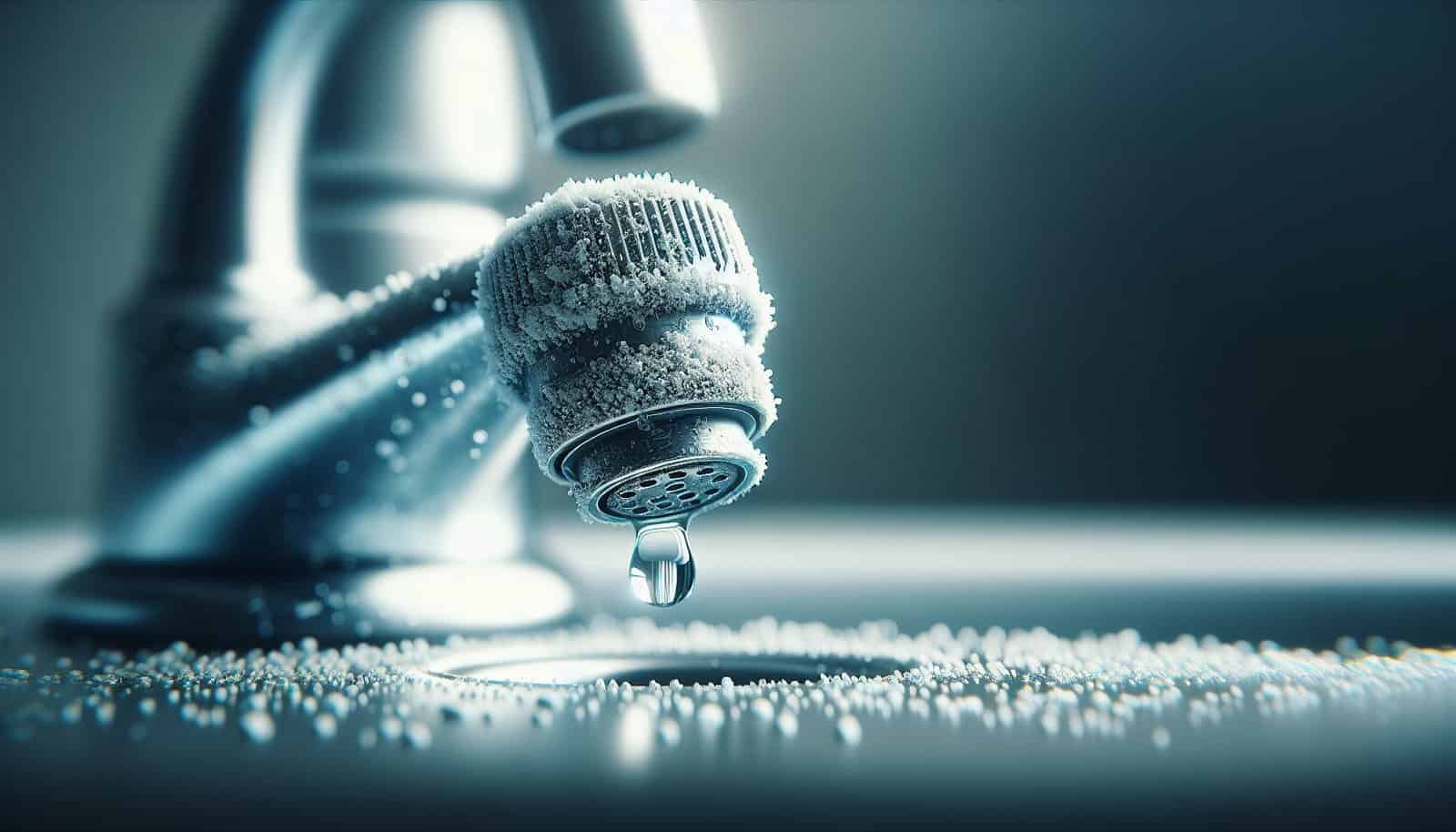
Iron and manganese treatment
How it works: If your well has iron or manganese, you’ll need targeted treatment, which may include oxidation (air injection), greensand or catalytic media, manganese dioxide filters, or chemical oxidation followed by filtration.
Why you might choose it: Iron and manganese cause staining and can foul softener resin and RO membranes. Treating them ensures better performance of other equipment.
Pros:
- Removes staining and odors
- Protects downstream equipment
Cons:
- Some methods require regeneration, backwashing, or chemicals
- Media replacement and maintenance needed
When to pick it: If your lab report shows iron or manganese above detectable levels (common thresholds: iron >0.3 mg/L can stain; manganese >0.05 mg/L can stain).
pH adjustment (acidic or alkaline water)
How it works: If water is acidic (low pH), it can corrode pipes. If highly alkaline, it can exacerbate scale. pH adjustment uses calcite (to raise pH) or soda ash and chemical injection systems depending on needs.
Why you might choose it: To prevent corrosion or ensure other treatment systems work optimally.
Pros:
- Protects plumbing
- Improves compatibility with scales and disinfectants
Cons:
- Requires careful sizing and monitoring
- Some additives require handling and replacement
When to pick it: When your water’s pH is outside the acceptable range (often <6.5 or>8.5) or when you see corrosion or blue-green staining of copper.
Whole-house vs point-of-use solutions
Whole-house systems treat all water entering the home for bathing, laundry, and appliances. Point-of-use systems (like RO) only treat water at a single tap.
Choose whole-house treatment if you want to protect appliances, pipes, and get soft water everywhere. Choose point-of-use when your concern is drinking water quality or when whole-house treatment is cost-prohibitive.
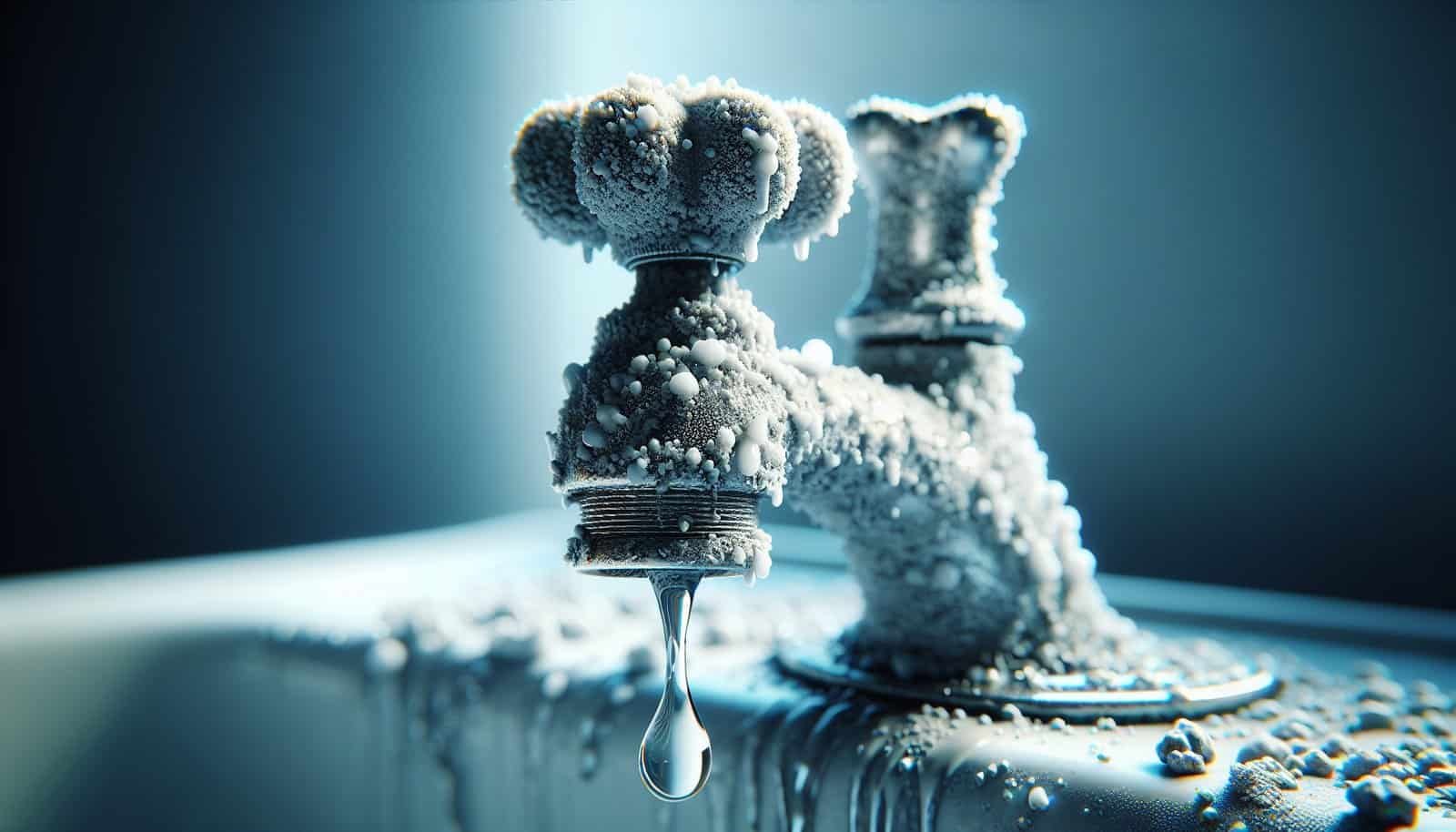
Sizing a softener or treatment system
To size a system correctly you need:
- Your household peak daily water usage (gallons/day)
- The measured hardness (gpg)
- Desired regeneration frequency (e.g., once per week)
Example calculation: If your household uses 300 gallons/day and hardness is 10 gpg, daily grain removal is 300 * 10 = 3,000 grains/day. For weekly regeneration: 3,000 * 7 = 21,000 grains. So a softener with a 24,000-grain capacity would be appropriate.
Pre-filtration and protecting your system
Install sediment filters before softeners and RO systems to protect media and membranes from clogging. If your water has iron or manganese, treat those before the softener when needed. Softener resin can foul from iron or organics, reducing effectiveness.
Installation considerations
Plan for the following:
- Space for tanks and bypass valves
- Access to a drain for regeneration or backwash
- Electricity for control heads
- A pre-filter for sediment and a post-filter if needed
- Proper venting for air-injection systems (if used)
- Permits or local restrictions on brine discharge (check local code)
If you’re not comfortable with plumbing and electrical requirements, consider a licensed professional.
Maintenance schedule
- Salt-based softeners: Check salt monthly; clean brine tank annually; occasional resin cleaning if fouled; replace resin after 10–15 years if needed.
- Salt-free conditioners: Replace TAC media according to manufacturer schedule (often every 3–10 years).
- RO systems: Replace sediment and carbon pre/post filters every 6–12 months; change membrane every 2–5 years; sanitize annually.
- Iron filters: Backwash frequently as required; replace media per manufacturer.
Keeping a log and performing routine checks helps prevent surprises.
Typical costs
Costs vary by region and complexity. The following table gives ballpark amounts, including equipment and professional installation.
| System Type | Typical Equipment Cost | Typical Installed Cost |
|---|---|---|
| Basic salt-based softener (up to 32k grains) | $600–$1,200 | $1,000–$2,500 |
| High-capacity softener (64k grains) | $1,200–$2,000 | $1,800–$4,000 |
| Salt-free conditioner (TAC) | $600–$1,500 | $800–$2,500 |
| Point-of-use RO (under sink) | $150–$600 | $250–$900 |
| Iron removal systems | $800–$3,000 | $1,200–$4,500 |
| pH adjustment systems (calcite/soda ash) | $500–$2,000 | $800–$3,000 |
Prices depend on flow rates, media type, complexity, and local labor costs.
Environmental and regulatory considerations
Salt-based softeners discharge brine during regeneration. Some municipalities restrict brine discharge to sewer systems or prohibit them entirely. Salt also affects soil and septic systems. Salt-free options or potassium chloride (less harmful) may mitigate these concerns. Reverse osmosis produces wastewater as well; consider high-efficiency RO units if water conservation is a priority.
Troubleshooting common problems
- Softener not regenerating: Check timer settings, control head power, and water meter if present.
- Salt bridge in brine tank: Break up hardened salt and clean tank. Use high-purity salt to reduce bridging.
- Resin fouling: Iron and organic fouling cause poor performance—clean resin or use pre-treatment.
- Continued staining despite softener: Test for dissolved iron or manganese that bypasses softener; treat iron before softener if necessary.
- Soap still not lathering well: Check hardness level, consult manufacturer; softeners should restore lather.
If troubleshooting doesn’t fix the issue, contact the installer or a water treatment professional.
When to get professional help
You should hire a professional if:
- You’re unsure how to interpret test results
- Your well water has multiple issues (hardness + iron + bacteria)
- You need complex systems like air injection or chemical feed
- Local codes regulate brine discharge and you need compliance
- You don’t feel comfortable with plumbing or electrical installation
Look for certified professionals and ask for references, certifications (e.g., Water Quality Association), and written estimates.
Decision checklist: How to pick the right solution
Follow these steps to make an informed choice:
- Test your water thoroughly (hardness, iron, manganese, pH, TDS, bacteria).
- Determine whether the goal is whole-house comfort, appliance protection, or only drinking water improvement.
- Consider local rules on brine discharge and environmental impacts.
- Evaluate maintenance willingness: monthly salt, media replacement, membrane changes.
- Compare cost, warranty, and reliability of manufacturers.
- Decide on professional installation if needed.
Example homeowner scenarios
Scenario 1: You have 12 gpg hardness and iron at 0.5 mg/L.
- Recommended approach: Treat iron first (aeration or greensand), then install a properly sized salt-based softener. Consider RO at the kitchen for drinking water if you want very low TDS.
Scenario 2: You have 6 gpg hardness, no iron, and local restrictions on brine discharge.
- Recommended approach: Salt-free conditioner (TAC) for whole house, plus an under-sink RO for drinking water if desired.
Scenario 3: You have very high hardness (20 gpg) and a small household.
- Recommended approach: High-capacity softener sized to your usage or a combination: softener for whole-house and RO for drinking water. Ensure pre-filtration for sediment.
Frequently asked questions
What happens to sodium levels after a salt-based softener?
- Sodium is exchanged for calcium and magnesium. The amount of sodium added depends on salt type and water hardness. If you’re on a low-sodium diet, use potassium chloride instead of sodium chloride or use a point-of-use RO system to remove sodium from drinking water.
Will a softener remove iron and manganese?
- Not reliably. Low levels of iron may be removed, but iron and manganese often foul resin and require pre-treatment.
Do I need to replace water heater elements more often with hard water?
- Yes. Scale shortens the life of heating elements and reduces efficiency. Softened water prevents scale build-up.
Are magnetic or electronic descalers effective?
- Evidence is mixed. Some users report improvements; scientific validation is limited. Consider them only for mild scale issues and when you prefer a low-maintenance option.
How often should I test my well?
- Annually for general parameters. Test more frequently if you notice changes in taste, odor, appearance, or performance of water systems.
Long-term planning and warranties
Keep service records, water test results, and warranties in a safe place. Ask manufacturers about warranty terms for resin, control valve, and tanks. Plan for eventual media replacement and factor that into lifetime costs. A properly maintained system can last many years and save you more than the initial expense.
Final action plan
- Test your well water with a certified lab for hardness, iron, manganese, pH, TDS, and bacteria.
- Decide on whole-house vs point-of-use priorities.
- Review treatment options and local regulations on brine discharge.
- Get 2–3 quotes from reputable installers if you choose professional installation.
- Install pre-filtration to protect your system.
- Maintain the system on the schedule recommended by the manufacturer.
- Re-test your water annually and after any major plumbing or environmental changes.
If you follow these steps, you’ll protect your plumbing and appliances, improve cleaning and comfort, and ensure your well water meets your household needs. Addressing hard water is both a practical and cost-effective home improvement when you choose the right approach for your water chemistry and lifestyle.
